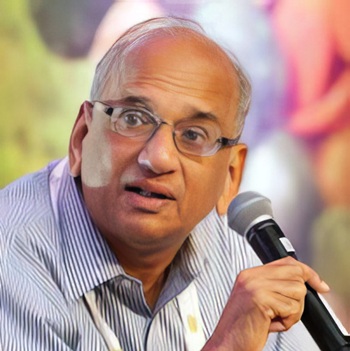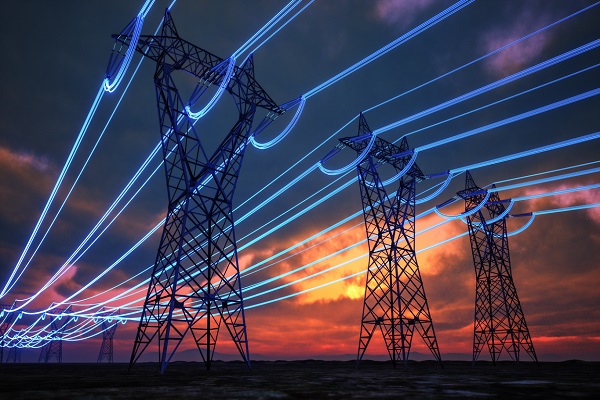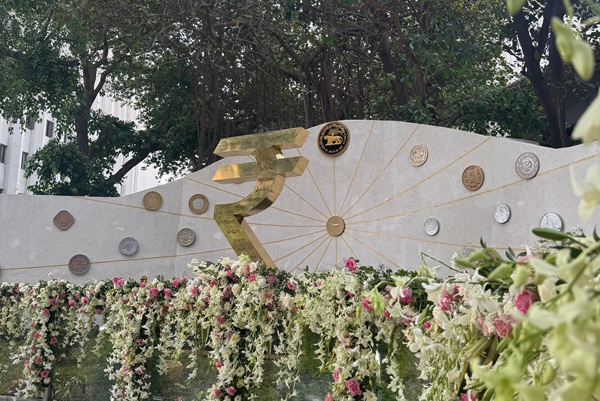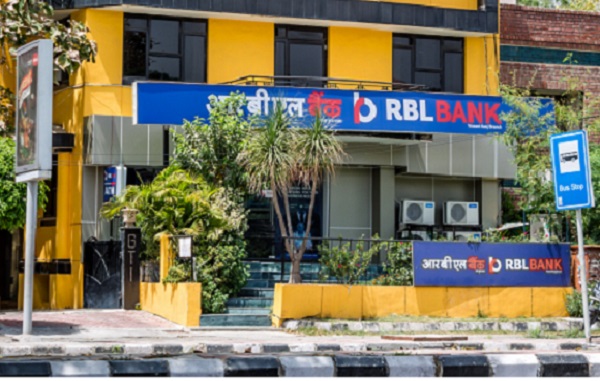.png)

Chandrashekhar is an economist, journalist and policy commentator renowned for his expertise in agriculture, commodity markets and economic policy.
October 22, 2025 at 4:09 AM IST
India’s macroeconomic story looks robust on paper. Growth is steady, reserves are solid, investment flows are coming in, and the population remains young and restless. But numbers are a narrow lens. What really matters is how this growth plays out on the ground — in the food people can afford, the homes they live in, the power that stays on through the night, and the roads and rails that actually take them somewhere.
That’s why policy needs to look beyond balance sheets towards the ‘real’ economy comprising eight growth sectors: agriculture and food, textiles and clothing, housing and infrastructure, energy, mobility, education, healthcare, and leisure. The last three lift how we live; the first five decide how far we can go. And all five are deeply tied to commodities.
India’s next chapter, then, will be both commodity-intensive and commodity-driven. The scale and quality of our growth will depend on how well we manage our natural, human, financial and technological resources.
Material Future
Start with food. Agriculture remains the foundation of India’s economy and identity. From cereals and pulses to oilseeds, sugar, spices, fruits and vegetables, our farms feed more than a billion people, yet millions go undernourished. We know the link between food, nutrition, and health, but our policies don’t always reflect it. True food security demands not only more output but better access and affordability. Without that, self-sufficiency remains a slogan.
Textiles and clothing tell a similar story. India grows cotton, jute and silk and produces synthetics too, but we remain an under-clothed country. As incomes rise, demand for apparel and furnishings will soar along with export opportunities. The sector can be a job engine, provided policy and capital keep pace with changing tastes and global competition.
Infrastructure and housing form the next two pillars. The cranes and bulldozers are out in force, with new expressways, metros, and ports and airports expanding rapidly. Yet the gap remains daunting. India still needs some 50 million homes, and the shortfall will only widen as cities grow. Nearly 70% of what it costs to build anything from a bridge to a flat, or a factory, comes down to commodities: steel, aluminium, wood and glass.
Energy is the bloodstream of it all. Every phase of economic growth is mirrored in rising energy use — coal, oil, gas, renewables alike. India’s energy appetite will keep growing for decades, even as we chase a cleaner mix. Solar and wind are finding their feet, but coal and crude aren’t fading anytime soon. The real test will be in managing this transition without dimming the growth it is meant to sustain.
Mobility is where all these threads come together. As roads stretch further, railways modernise and ports and airports multiply, the logistics and automobile sectors are scrambling to keep pace. Electric vehicles are the new frontier, but they’re no less material than their predecessors. Each EV needs steel, copper, aluminium, and minerals like lithium that will soon be as strategic as oil once was.
Balancing Act
Growth brings jobs, roads and light, but it also leaves a mark on the land, the air, and the people around. Yes, mining creates value, but it also leaves its bruises. The real challenge isn’t to pick between growth and the environment, but to keep them in balance. Sustainability has to be part of the architecture of development, not an afterthought bolted on later.
Policies that reward efficiency, recycling, and circular use aren’t just good ethics, but also good economics. The Centre and the states must learn to move in tandem, using resources responsibly, transparently, and for the long haul. Because how we build now will decide what’s left to build with later.
India’s growth story is already being written in steel and cement, copper and cotton. The question is whether we will let it be a tale of extraction or of transformation.




